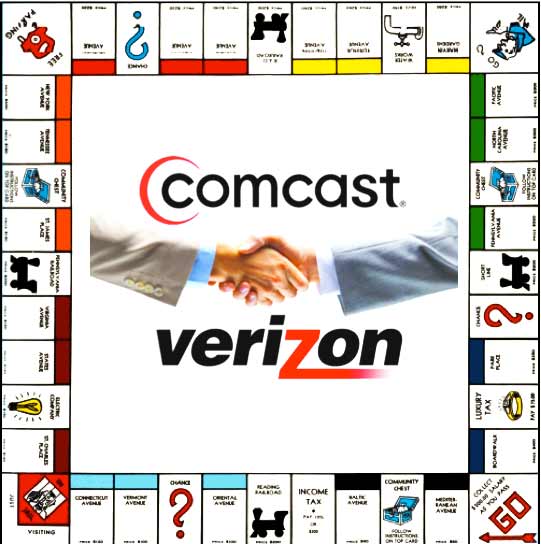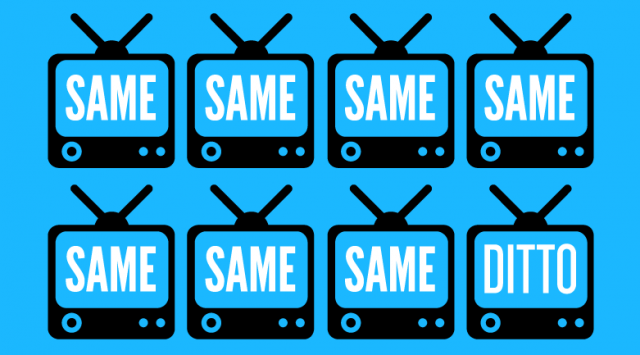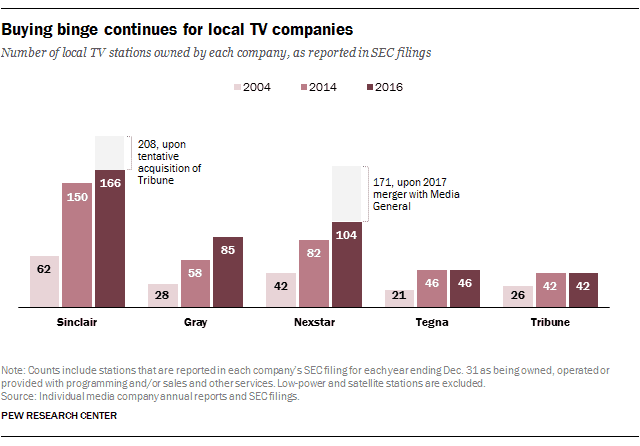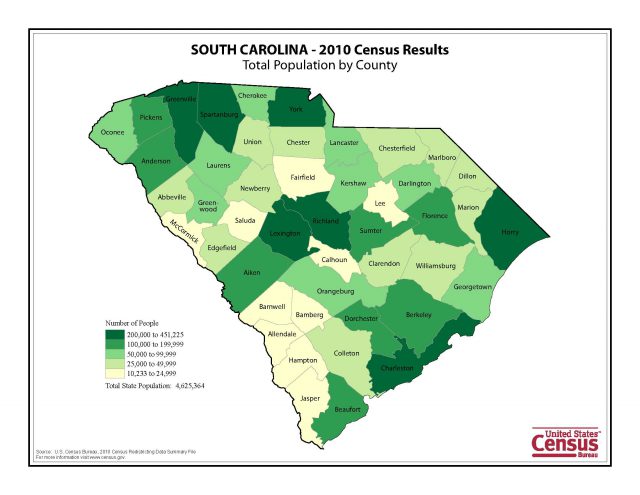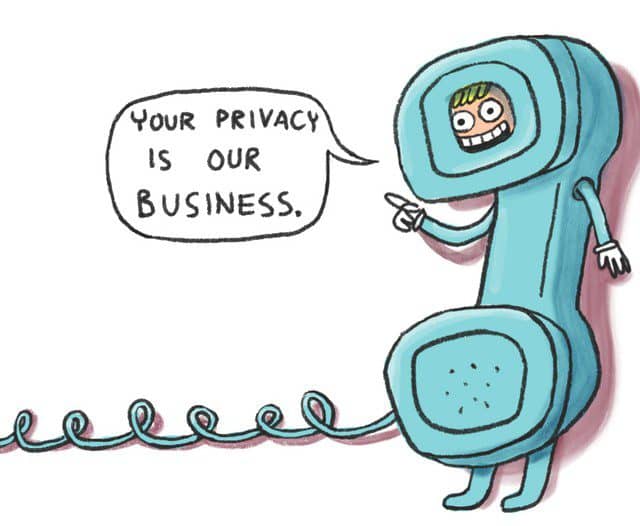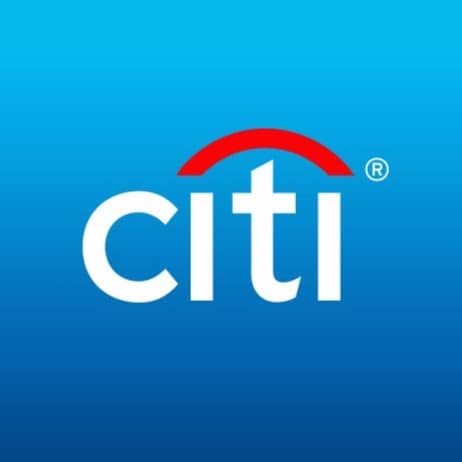 Citigroup is advocating for another super-sized merger, this time lobbying Comcast to buy Verizon Communications — a deal worth up to $215 billion.
Citigroup is advocating for another super-sized merger, this time lobbying Comcast to buy Verizon Communications — a deal worth up to $215 billion.
Citigroup analyst Jason Bazinet believes the more corporate friendly Trump Administration would not block or impede a deal that would bring together the nation’s largest cable operator and wireless provider. Such a merger would leave a significant portion of the mid-Atlantic, northeast, and New England with a monopoly for telephone and broadband service.
Bazinet offers four reasons why the deal makes sense to Wall Street banks like his:
- Verizon Wireless could give Comcast customers internet access seamlessly inside and outside of the home;
- The cost of expanding fiber optics to power faster internet and forthcoming 5G wireless broadband would be effectively split between the two companies and there would be no need to install competing fiber networks;
- Verizon would benefit from additional wireless consolidation because it would no longer face significant emerging wireless competition from Comcast;
- A combined Comcast-Verizon could see their corporate tax rate slashed by a considerable percentage, reducing tax liabilities.
We’d add Wall Street banks that win the enviable position of advising one company or the other on a merger deal stand to make tens of millions of dollars on consulting fees as well.
Such a merger would be unthinkable under prior administrations, if only because a combination of Verizon and Comcast would eliminate the only significant telecommunications competitor for tens of millions of Americans, giving the combined company a monopoly on telecommunications services.
Some Wall Street analysts believe a deal is still possible with Republicans in charge in Washington. But some spinoffs are likely. One scenario would involve selling off Verizon’s wireline assets in areas where Comcast and Verizon compete. But increasing questions about the financial viability of a likely buyer like Frontier Communications may make a deal bundling old copper wire assets and FiOS Fiber in New Jersey, the District of Columbia, Maryland, Delaware, Massachusetts, and Virginia a difficult sell for other buyers.
“If Brian came knocking on the door, I’d have a discussion with him about it,” Verizon CEO Lowell McAdam reportedly said this spring, according to Bloomberg News, referring to Comcast CEO Brian Roberts.
McAdam shouldn’t wait in his office, however. This morning, as part of a quarterly results conference call, Roberts made clear he wasn’t particularly interested in a merger with a wireless provider.
“I thought we were really clear last quarter,” Roberts said. “Yes, we always look at the world around us and do our jobs related to the opportunities that are out that. But we love our business. No disrespect to wireless, but that’s a tough business.”


 Subscribe
Subscribe